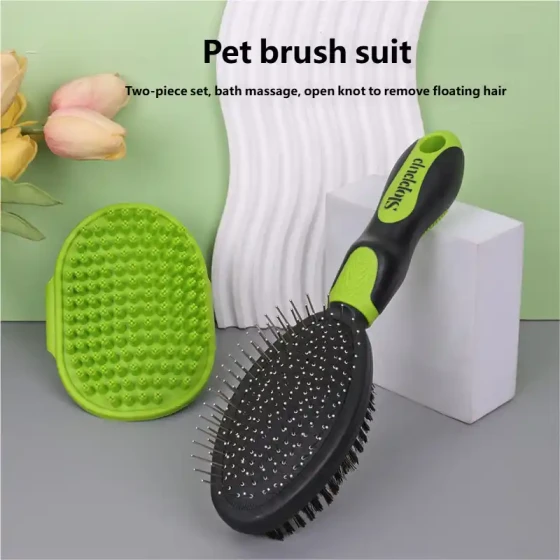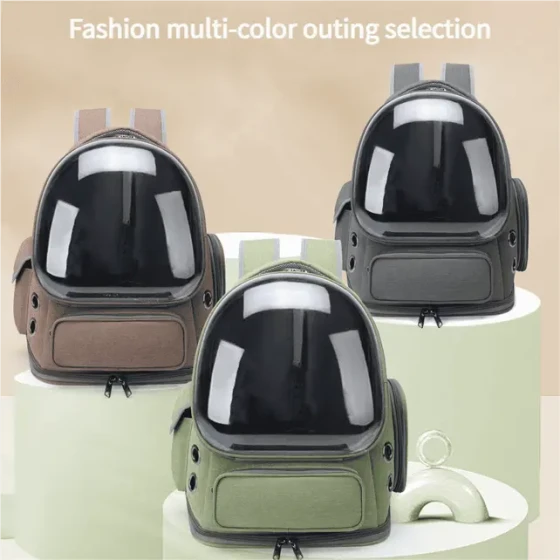What to Do If a Cat Vomits After Eating Too Much_How to Feed Cats Scientifically
Raising cats is about enjoying the favor of the “master,” but when problems arise, such as a cat starting to "perform" right after eating, it can be very worrying. If your cat occasionally vomits after eating too quickly or too much, it is usually just the body's self-protection mechanism, expelling food that hasn’t yet been properly processed. However, this doesn’t mean we can ignore it. More importantly, we must learn how to feed scientifically to avoid this embarrassing and worrisome scene from the start. Remember, an occasional vomit is not alarming, but continuous vomiting or vomiting with other symptoms requires immediate veterinary attention.
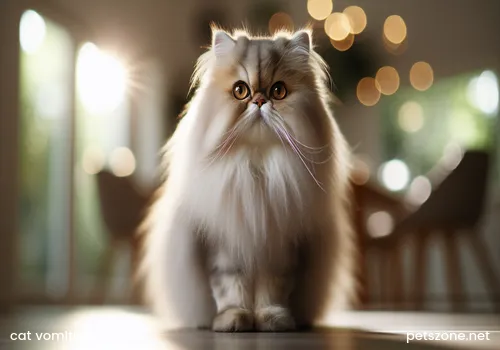
Why do cats vomit because they eat too fast or too much?
This is actually a common behavior in cats, especially in multi-cat households with fierce food competition, or when meal intervals are too long and the cat is very hungry. Imagine a hungry predator catching prey (or you pouring cat food); adrenaline surges and the cat just wants to swallow the food quickly. They may not even bother to chew carefully, swallowing large food chunks mixed with air.
The stomach is only so big, and suddenly a large amount of unprocessed food and air enters, creating an instant overload. To relieve this pressure, the stomach’s most direct way is to send the contents back through the esophagus—this is the vomiting we see (or more accurately sometimes reflux, vomiting before the food even reaches the stomach, usually in its original form). Such vomitus often contains undigested food, sometimes whole kibble pieces, and even foam caused by swallowed air.
What to do immediately if your cat vomits after eating too much or too fast?
- Stay calm and clean the scene: First, don’t panic. Clean up the vomit and check if there are any foreign objects, parasites, or blood streaks. These abnormal signs require caution.
- Observe the cat’s condition: After vomiting, does the cat quickly recover and act as if nothing happened by playing or drinking water, or does it seem lethargic and hide in a corner? If it only vomited food particles and its mental state is good, it’s likely not serious.
- Temporary fasting: Let the cat’s stomach rest. It’s usually recommended to withhold food for 4-6 hours after vomiting. During this time, provide small amounts of clean drinking water. Fasting allows the stomach lining to rest and relieve possible inflammation or discomfort.
- Resume feeding slowly in small amounts: After fasting, if the cat does not vomit again and is in good spirits, try giving a small portion (about 1/4 or 1/3 of its usual amount) of its regular, easily digestible food. If it eats without vomiting, wait a while before giving more. Gradually return to normal feeding amounts.
- Be alert for subsequent symptoms: If the cat continues to vomit after fasting, or the vomit contains blood, bile, accompanied by diarrhea, lethargy, loss of appetite, or abdominal pain, it’s definitely more than just eating fast and you must take the cat to the vet immediately.
The fundamental solution: How to feed cats scientifically to prevent vomiting?
More important than treating symptoms is adjusting feeding strategies to reduce the chance of cats eating too fast or too much from the source. This involves the amount, frequency, and method of feeding.
- Precisely calculate feeding amounts: Many owners feed cats based on feeling or just filling an empty bowl, which easily leads to overfeeding. The scientific method calculates the total daily food intake based on the cat’s age, weight, neuter status, activity level, and the food’s type and calorie content. Commercial cat food packaging usually has recommended feeding charts, a good starting point. However, the most accurate advice comes from your vet, who can offer personalized recommendations based on your cat’s condition. Remember, cats are obligate carnivores; their digestive systems are better suited for high-protein, low-carb diets.
- Small frequent meals are key: Wild cats don’t eat just two big meals a day. They are opportunistic hunters that catch and consume several small prey in a day. Imitating this natural habit by dividing the daily amount into 3-5 or more portions benefits the cat’s digestive system and effectively prevents vomiting caused by large quantities at once. Small frequent meals also help maintain stable blood sugar levels and help prevent obesity and diabetes.
- Introduce slow feeding tools: If your cat is known as a "speed eater," consider using tools to slow their eating speed.
- Slow Feeder Bowl: These bowls have ridges or partitions inside so cats have to navigate obstacles to reach their food, forcing them to slow down. Various materials and designs are available on the market.
- Puzzle Feeders/Lick Mats: Hide kibble or wet food in toys or spread on lick mats. Cats must sniff, lick, or paw to access the food, extending eating time and providing mental stimulation to expend energy.
- Feed in separate areas: In multi-cat households, ensure each cat has its own bowl spaced enough apart, preferably in different areas to reduce competition and allow peaceful eating.
- Regular feeding schedule: Establish a relatively regular feeding time so the cat knows when to expect meals, easing anxiety and preventing "stockpiling" behavior (wolfing down food) caused by uncertainty about the next meal.
- Pay attention to food quality: Choosing high-quality, easily digestible cat food is also important. Some cats may be allergic or intolerant to certain ingredients, leading to digestive issues or vomiting. If vomiting is frequent, try switching formulas or brands gradually to avoid sudden gastrointestinal upset.
When must you see a vet?
Although occasional vomiting is not a big problem, don’t ignore that vomiting may indicate other diseases. Please take your cat to the vet promptly in the following situations:
- Frequent or persistent vomiting: Vomiting several times a day, or vomiting on consecutive days.
- Projectile vomiting: Vomit forcefully expelled.
- Abnormal vomitus: Vomit contains blood streaks, coffee ground-like material (digested blood), foreign objects (plastic, string, bones, etc.).
- Accompanied by other symptoms: Lethargy, complete loss of appetite, persistent diarrhea, obvious weight loss, abnormal drinking or urination, abdominal bloating or pain, pale gums, etc.
- Suspected poisoning or ingestion of foreign objects: If you see or suspect your cat ate something it shouldn’t.
Cats can’t speak; they express discomfort through behavior. As cat owners, we must observe carefully and understand their “language.” Scientific feeding not only reduces vomiting but is the foundation for ensuring long-term health. Although they may seem aloof, to them we are their whole world; their health is our greatest responsibility and happiness.
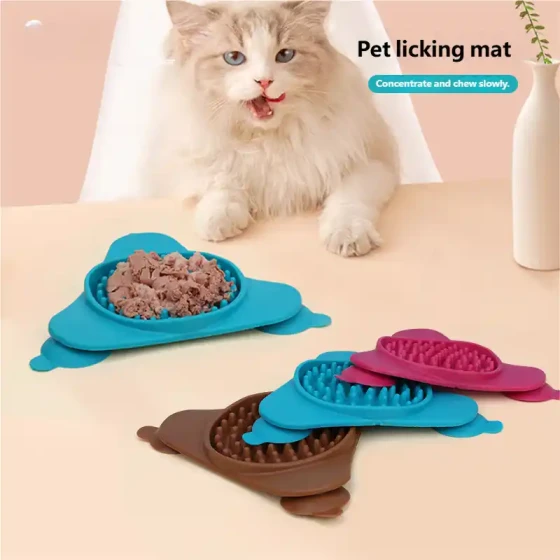
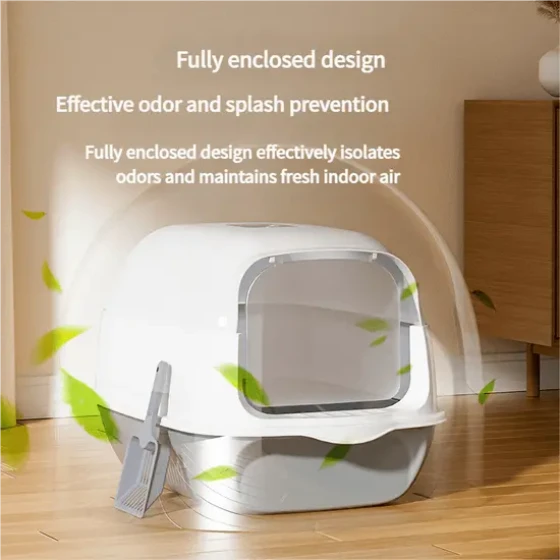
-560x560.webp)
-560x560.webp)
